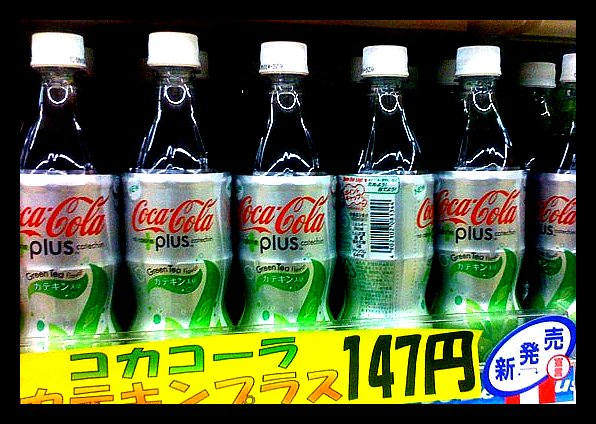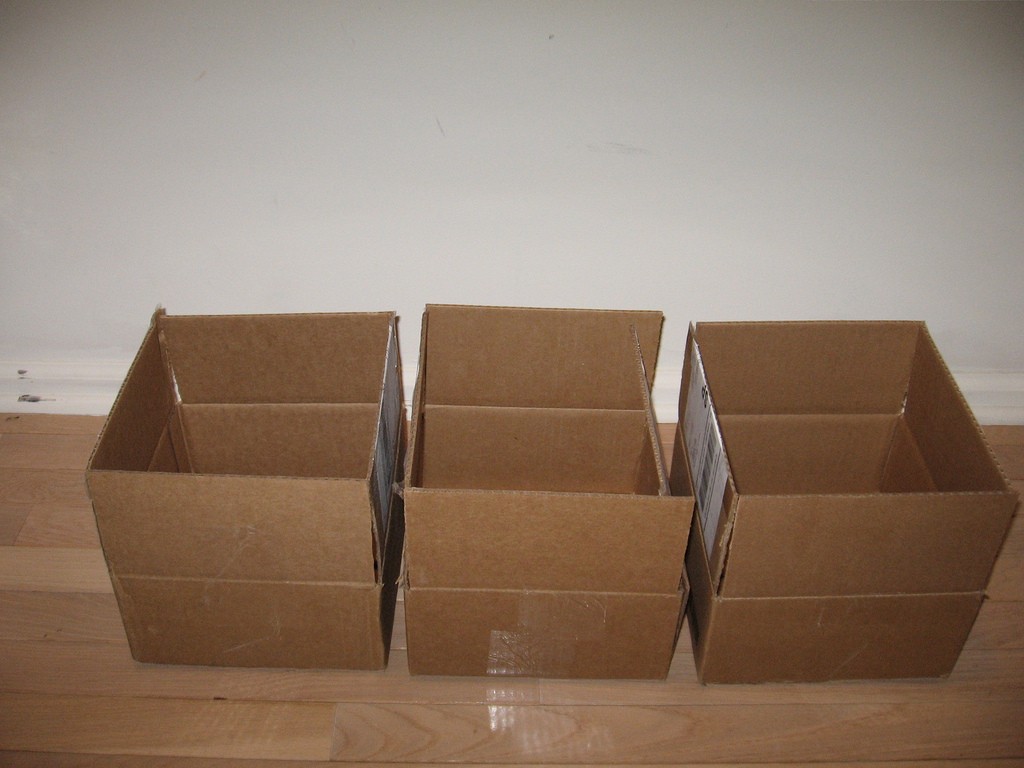When it comes to Promotional Marketing and its associated services retail marketing Campaigns | door to door marketing Campaigns parbhani, we like to think we know a thing or two. After all, we’ve been doing it for a quarter of a century!
As a long established and reliable partner to brands and agencies, we provide a proactive and helpful account management team to help work through your marketing objectives. Technology is at the heart of everything we deliver – from live online reporting through to cashback platforms and ecommerce websites, we utilise the latest technology to deliver efficiencies in handling and transparency of our operation.
Fulcrum provides a flexible approach – allowing you to focus on your brand, while we take care of the detail behind the scenes
For the team here at Fulcrum it’s all about how to help a brand to drive sales, manage logistics – using the power of our people, our processes and our technology. Our people are drawn from a variety of commercial backgrounds including agency, experiential, btl and fieldwork.
We do the research on new trends, Marketing and Btl solutions and effective ways of working
we provide a comprehensive a range of promotional solutions to major organisations working to promote their businesses and brands. These solutions relate to the issuing, validation, redemption and settlement of…
RETAILER OFFERS – loyalty vouchers, coupons & points, complex & personalised targeted promotions, trigger offers
STORED VALUE INSTRUMENTS – gift, savings, points, general ‘spend’ cards or virtual cards
MANUFACTURER COUPONS – including 3rd party and affinity partner programmes
…whether physical or digital, for customer present and online transactions.
Our services are operational in the mumbai and pune (where we support all major grocery retailers, FMCG manufacturers, and many leading multi-retailer environments).
Who are we?
Fulcrum specialises in the provision of marketing, Btl and leaflet distribution services within the Marketing and all sector.
How can we help?
Over the years we have innovated our core capabilities through excellent IT infrastructure and customer service, to provide a one stop shop for all your promotional, fulfilment and distribution needs.
We are dedicated to helping our customers achieve growth, customer retention and increased profitability through the combination of our expert marketing support services.
Marketing | Brand Activation |
Marketing idea an tips , info , case study
types of media and types of scheduling used in advertising campaigns
Media Types and Scheduling
Marketers must choose the type of media that best suits their budget and message and then choose the best way to schedule their message.
LEARNING OBJECTIVES
Compare the types of media and types of scheduling used in advertising campaigns
KEY TAKEAWAYS
Key Points
- In terms of overall advertising expenditures, media advertising is still dominated by press and television.
- Scheduling refers to the pattern of advertising timing, represented as plots on a yearly flowchart.
- The classic scheduling models are continuity, flighting, and pulsing.
Key Terms
- media: The mass media are all those media technologies that are intended to reach a large audience by mass communication.
Media Types
In terms of overall advertising expenditures, media advertising is dominated by press and TV. Posters and radio and then cinema follow behind.
Press
Spending is dominated by the national & regional newspapers, the latter taking almost all of classified advertising revenue. The magazines and trade/technical journals are equal in size, but less than half of newspapers.
TV
Normally the most expensive medium and used predominately by major advertisers. Regional contractors offer more affordable packages to their local advertisers. It offers the widest coverage, particularly at peak hours and mostly to family audiences.
TV has the greatest impact, especially for those products or services where a “demonstration” is essential. It combines the virtues of both the “storyteller” and the “demonstrator. ” To be effective, these messages must be simple and able to overcome household distractions.
Radio
Radio advertising has increased greatly in recent years, with the granting of many more licenses. It reaches specific audiences at different times of the day—adults at breakfast, housewives during the day, and commuters during rush hours. Additionally, people listen to the radio when they are stuck in traffic, whereas other listeners may only listen in the evenings. The 24-hour availability makes reach to a variety of customer sub-segments possible. In addition, It is well-established and able to reach rural areas. It is cost-effective since production costs are lower than TV, however, the lack of visual elements may limit the message.
Cinema
Though national audience numbers are down, this may be the most effective medium for reaching younger age groups, since the core audience is age 15 to 35.
Internet Advertising
This rapidly growing marketing force is similar to press advertising, but its interactivity is the most powerful element.
Mobile Advertising
Personal mobile phones are attractive advertising media to network operators and are gaining in power and reach.

Mobile Phones: Mobile phones are a form of media for advertising.
Advertising-free Media
Advertising-free media refers to outlets whose output is not funded or subsidized by the sale of advertising space. It includes entities such as websites, television and radio networks, and magazines.
Out of Home Advertising
Other areas in which a company’s product message intersects with potential buyers occur outside of the home, meaning not via a device owned or operated by the potential buyer such as mobile phones, televisions, radio, computers, etc. Billboards, signage on public transportation, skywriting, blimps and other outdoor advertisements are examples of product messages that reach potential buyers while they are outside of their home, on the go and in public places, waiting in offices, in transit. This medium is in contrast with broadcast, print and internet advertising. There are four types; billboards, street furniture, transit and alternative.
Advertising Media Scheduling
Scheduling refers to the pattern of advertising timing, represented as plots on a yearly flowchart. These plots indicate the pattern of scheduled times that coincide with favorable selling periods. The classic scheduling models are continuity, flighting, and pulsing.
Continuity
This model is primarily for non-seasonal products and some seasonal products. Advertising runs steadily with little variation over a campaign period. There may be short gaps at regular intervals and also long gaps—for instance, one ad every week for 52 weeks, and then a pause. This pattern of advertising is prevalent in service and packaged goods that require continuous reinforcement on the audience for top of mind recollection at point of purchase.
Advantages:
- Works as a reminder.
- Covers the entire purchase cycle.
- Cost efficiencies in the form of large media discounts.
- Positioning advantages within media.
- Program or plan that identifies the media channels used in an advertising campaign, and specifies insertion or broadcast dates, positions, and duration of the messages.
Flighting
In media scheduling for seasonal product categories, flighting involves intermittent and irregular periods of advertising, alternating with shorter periods of no advertising at all. For instance, all of 2000 Target Rating Pioneered in a single month, “going dark” for the rest of the year. Halloween costumes are rarely purchased all year except during the months of September and October.
Advantages:
- Advertisers buy heavier weight than competitors for a relatively shorter period of time.
- Little waste, since advertising concentrates on the best purchasing cycle period.
- Series of commercials appear as a unified campaign on different media vehicles.
Pulsing
Pulsing combines flighting and continuous scheduling by using a low advertising level all year round and heavy advertising during peak selling periods. Product categories that are sold year round but experience a surge in sales at intermittent periods are good candidates for pulsing. For instance, under-arm deodorants, sell all year, but more during the summer months.
Advantages:
- Covers different market situations.
- Advantages of both continuity and flighting possible.



